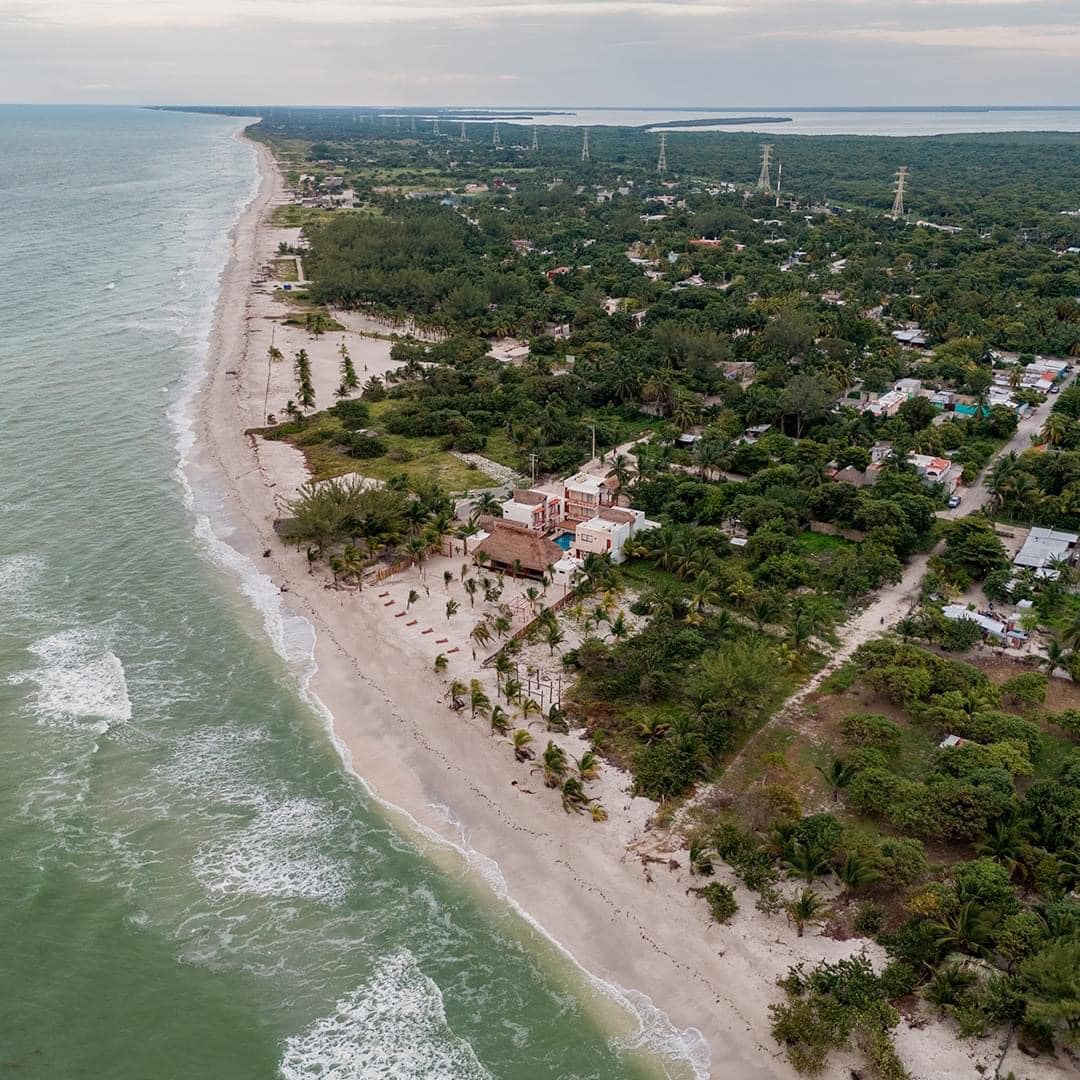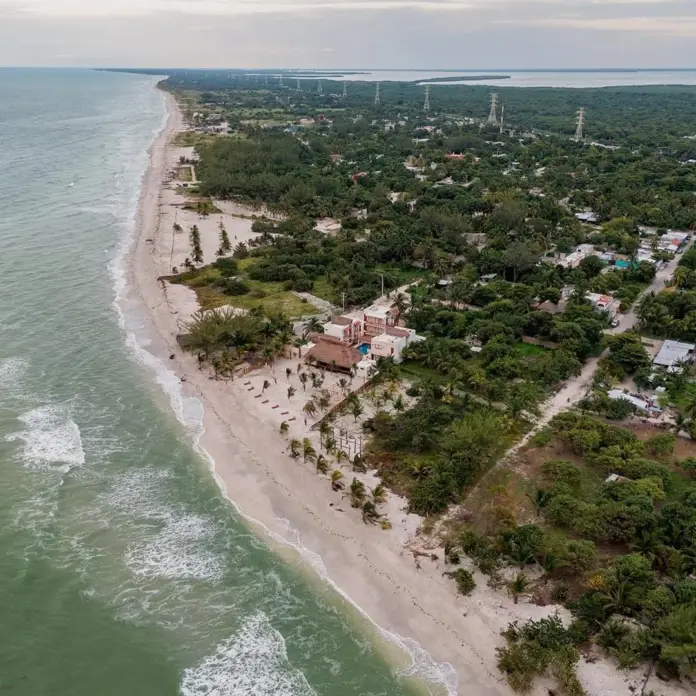This event is organized by the Ministry of Environment, Biodiversity, Climate Change, and Energy (SEMABICCE), the World Resources Institute of Mexico (WRI), the 20×20 Initiative, and the International Conservation Caucus Foundation (ICCF).
The Accelerator is a capacity-building program aimed at decision-makers seeking to improve or design laws, policies, and incentive programs focused on mangrove ecosystem restoration.
Through high-level dialogues, technical sessions, and a field visit to the restoration project in the Isla Aguada community, participants acquire tools, knowledge, and inspiration to strengthen their strategies from various perspectives.
The program promotes effective solutions through appropriate public policies, encourages the exchange of experiences between countries and levels of government, fosters the creation of a network of leaders in legislative innovation, and strengthens local capacities to achieve sustainable mangrove restoration and management for the benefit of nature, people, and the economy.
With more than 200,000 hectares of mangroves, Campeche is the state with the second largest expanse of these ecosystems in the country, which entails a great responsibility to conserve them. That’s why, thanks to Governor Layda Sansores San Román, Campeche has positioned itself as one of the only governments financing mangrove restoration by paying daily wages for reforestation and restoration.
Last year, nearly 500,000 pesos were invested to pay daily wages for the restoration of 400 hectares of mangroves and the reforestation of 60 hectares on Isla Arena. This amount was used exclusively to pay the daily wages of 80 women and 20 men.
This project was co-financed by DUMACK (an international NGO) and PPD (the UN Small Grants Program); both contributed 2 million pesos, which were used to pay additional wages, tools, technicians, etc. This year, FOPET will invest 8.2 million euros to restore more than 7,000 hectares of mangroves in Atasta, thanks to the joint venture between DUMACK and the Ministry of Environment. This investment will also provide temporary jobs for nearby communities.
The event was attended by academics, researchers, international organizations, investors, federal and local representatives, senators, state and federal environmental officials, the secretaries of the environment of Yucatán, Quintana Roo, Campeche, and Oaxaca, and officials representing Guatemala, Belize, the Netherlands, and Colombia.
During the opening presentations, it was emphasized that restoration is not only an environmental issue, but also one of governance, social justice, and sustainable development. Initiatives such as 20×20 and the Global Mangrove Alliance presented their partnerships and goals in more than 30 countries. Mexico presented the National Agreement for Forests, Jungles, and Mangroves, along with the community work of RE3CO, which has already restored more than 1,000 hectares. From Guatemala, clear goals and active restoration policies were shared. It was agreed that without community leaders, useful science, and monitoring tools—such as AURORA and the CONABIO system—projects will not endure.
The technical, political, and territorial dialogue was reinforced with discussion panels that examined the causes of degradation, institutional gaps, and opportunities for a more equitable, effective, and participatory conservation model. Key words: science, cooperation, territory, leadership, and urgency.

Source: lajornadamaya




